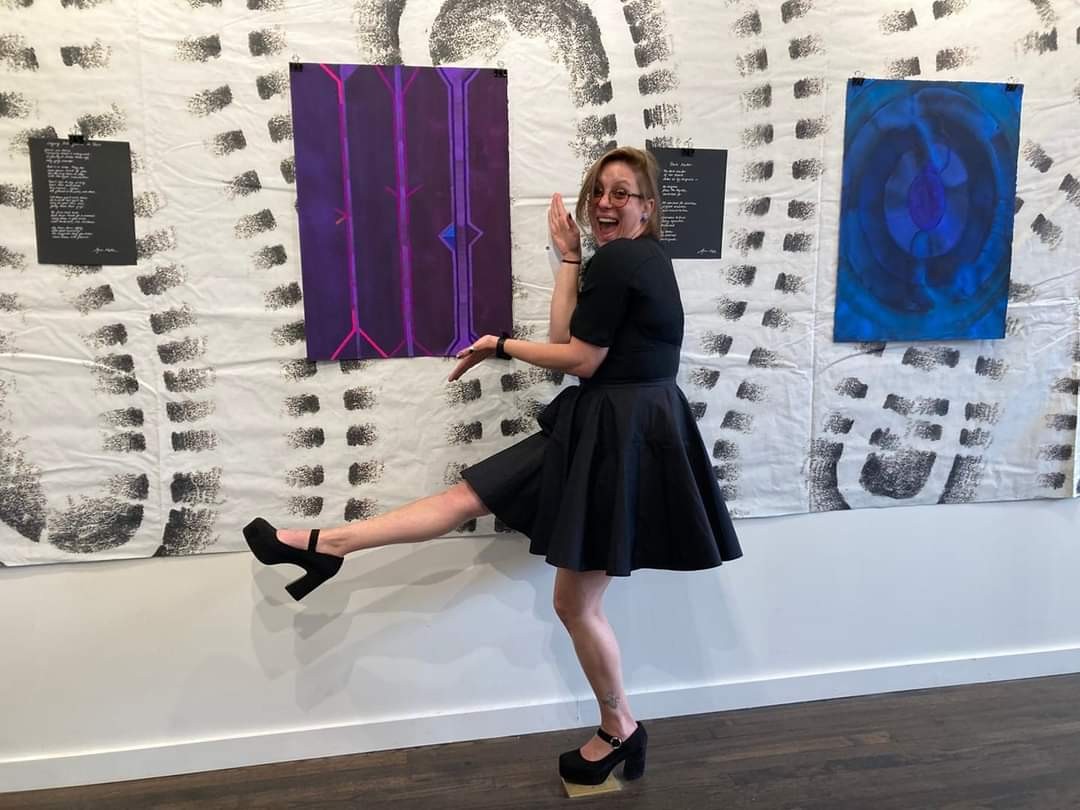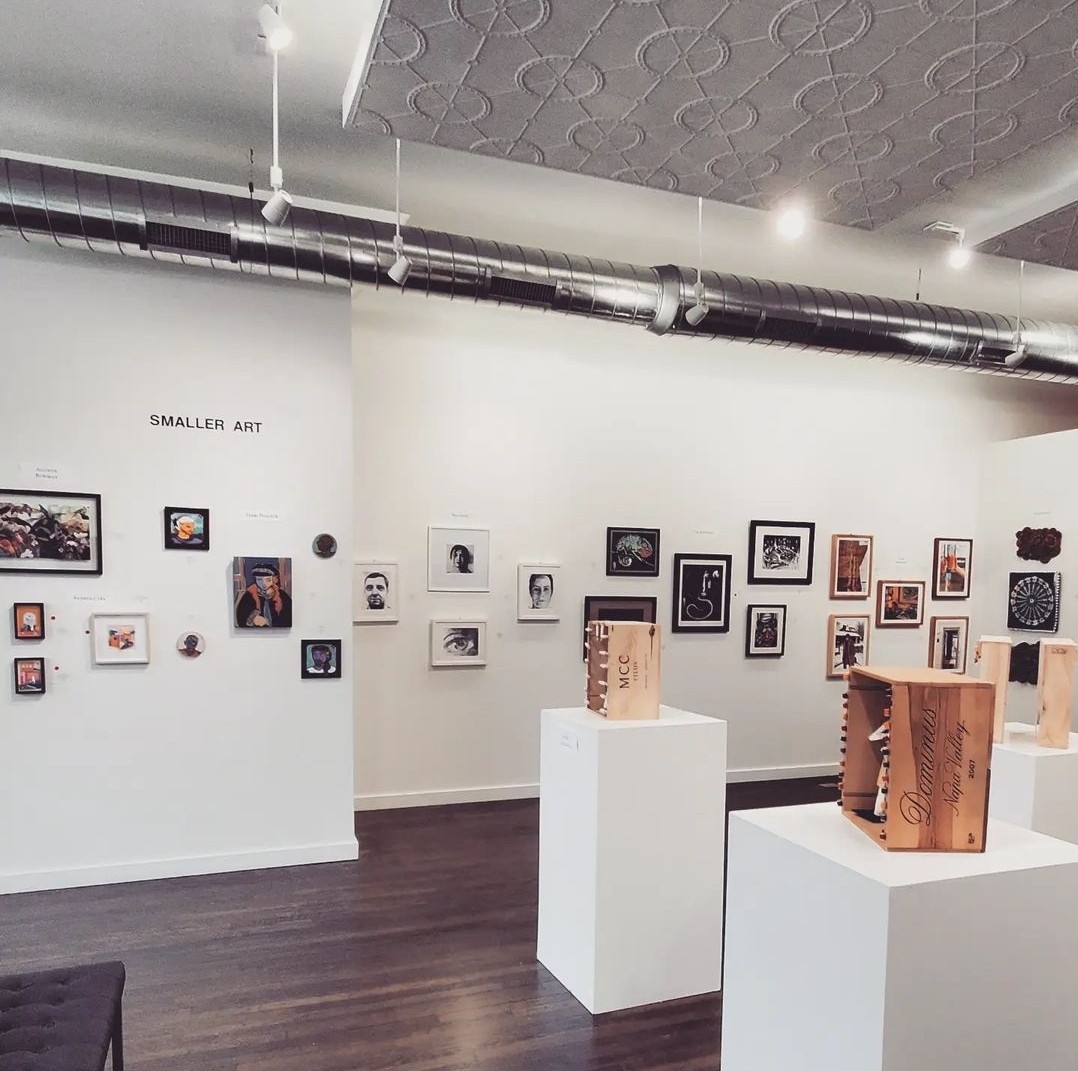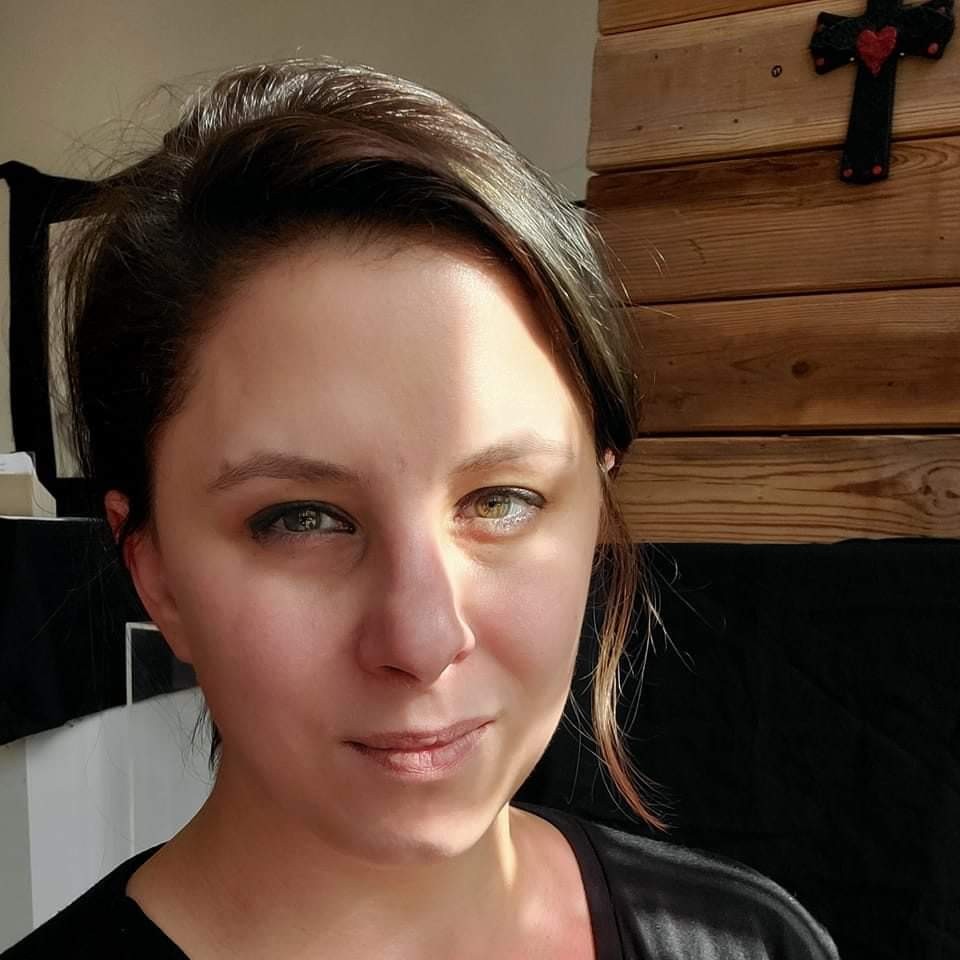We’re excited to introduce you to the always interesting and insightful Lee Smalter. We hope you’ll enjoy our conversation with Lee below.
Lee, thanks for joining us, excited to have you contributing your stories and insights. Let’s kick things off with your mission – what is it and what’s the story behind why it’s your mission?
When I opened the gallery, one of my most important goals from the start was to create a space more welcoming and comfortable than any other gallery space I had been in. A majority of the galleries I’ve visited, especially prominent for-profit spaces, are intimidating to visitors unfamiliar with the art world. Knowing this, I chose the location on 39th street because it was in a tight knit, community focused neighborhood and also outside of the crossroads art district, which attracts more experienced collectors.
I cherish the moments when someone comes into the gallery and says it’s the first gallery they’ve been into. I’d like the gallery to be an advocate for bringing the art world at large those who think the art scene wasn’t meant for them. People still come in and apologize for “not knowing how to talk about art” – these are my favorite customers, and my aim is to reach enough people that eventually I stop hearing apologies and just seeing people enjoying themselves without feeling like they have to ask permission first.
In addition to making the gallery accessible for those “uninitiated” into the art scene, I also aim to make it especially accessible to those with disabilities. This is important to me because I believe everyone can get nourishment from art, regardless of their level of education or physical or mental ability. I make sure the labels are in larger than typical typeface, the (genderless, single stall) bathrooms were designed to accommodate wheelchairs. There is extra seating in the gallery for those who cannot stand for long periods. I want the patrons in my gallery to feel like they are guests in my home, without pressure to purchase or display some level of art expertise.

Lee, before we move on to more of these sorts of questions, can you take some time to bring our readers up to speed on you and what you do?
My transition from “art appreciator” to “gallerist” began when I answered an unusually brief craigslist ad. I was living in Connecticut at the time and had just started my bachelors degree in Psychology and was looking for a part time job. The ad said “art gallery needs assistant”. I was 19, with no formal art training or education, but the times I had spent wandering museums and open studios with my father were some of my most cherished memories. I simply thought it might be fun.
I met up with the proprietor of the gallery, Fernando Luis Alvarez, and was instantly fascinated by his work and his enthusiasm for the industry. He took me on as an intern and I spent just a brief few months working at the gallery but I enjoyed it more than I had any other work up to that point. I loved not knowing who might walk through the door, what art I might see, or what unique perspective the next visitor would have on the current exhibition. I unfortunately had to leave the gallery to focus on my studies and my family. As much as I loved my time there, I thought at the time that since I had no artistic talent and no business acumen, I wouldn’t be able to continue in that field. I still loved psychology, and carried on with my degrees, but always thought fondly back on that gallery.
After a master’s degree, several jobs in the psych and social work field, and a lot of soul searching – I realized I was did not have the emotional fortitude for clinical work. I still wanted to help people, to be a force for good in my community, but something was missing. A friend asked “If you could do anything, what would you do?” I surprised myself by saying “open an art gallery” before the question was even finished. “What’s stopping you?” they asked. I had no answer. I had capital saved, I had maintained a friendship with Fernando and other contacts in the industry. I could do it.
It took some time to refine my focus, but after exploring what the Kansas City art scene was offering at the time I decided we needed to be a different kind of gallery (this would eventually become my tag line). I didn’t want people to be afraid to come in, I didn’t want to seem like a place exclusively for patrons with deep pockets. I wanted to be recognized as the cozy, sunlit place with local art that wasn’t showing anywhere else. I believe we’ve accomplished this. Much to my joy, I recently had a patron leave the gallery saying “I like art now! I thought it was going to be more complicated than this.”
As to what sets us apart from the others: We give a higher percentage of commissions to the artists than any other for-profit gallery I’m aware of (lack of transparency in the industry makes this difficult to confirm). You won’t see us pitching “art that matches your couch” but you will us pitching “art that feeds your spirit”. You won’t see many landscapes, or simple still lifes, but you will find art that scares, confuses, energizes or surprises you. My primary guideline for accepting art into the gallery is it has to make me feel something. If it’s just pretty, or accurate without feeling, it doesn’t make it in the door. The only visitor we turn away is a hateful one – but the uneducated, marginalized, insecure, quirky or awkward walk ins are always greeted with open arms. Art that isn’t for all serves none.
Can you tell us about a time you’ve had to pivot?
The gallery opened March 29th, 2019. Which means we had one solid first year before covid hit, almost exactly on our one year anniversary. It was devastating at the time because we were planning an artist’s first solo exhibition and had anticipated a stellar turnout – now a stellar turnout could be deadly.
The artist was Onnissia Harries, luckily a resilient and adaptable woman who worked with me to create a “virtual opening” as an alternative. We did a livestream of Onnissia describing her work as she walked around the exhibition and took questions from viewers. It ended up being our most viewed online content and our best selling show since our inception.
The rest of the year involved a lot of pivoting, adapting and finding alternatives to having patrons physically in the space. We did a lot of livestreamed videos, one on one masked appointments, and online sales. I am eternally grateful to the community for accepting these changes and showing up to support the gallery and the artists.
We made it through, but it was lonely at times. Community, for me, is still easier to build in person, and I am grateful that we are now back to having in person events and exhibitions.


What’s a lesson you had to unlearn and what’s the backstory?
There are certain expectations of how a for-profit, fine art gallery is run. I was told by other gallerists early on to not include work considered too “crafty” like fiber art, glass works and ceramics. I was told I’d have to present myself in a certain way, not mention politics lest I scare off a contingent of potential buyers.
What I realized is that while that advice may work for those galleries goals and their environment, it doesn’t work for me. Our sales of fiber, ceramic and glass work have been some of our best. Actually, a single sale encapsulates how all of the above advice was wrong, for me:
Until it was recently stolen, I kept a rainbow doormat outside the gallery to signal we’re a queer friendly space. About a year ago, a lesbian couple came in – commenting warmly on the doormat, and the portrait of Marhsa P. Johnson (a queer activist) I had on the back gallery door. They were interested in a glass piece by Tim Jordan. After some deliberation, one of the women told me they had decided it would be the perfect gift to celebrate her partner just finishing chemotherapy. They had walked to the gallery from KU med after her final treatment. Hearing this, we all teared up together (I’m a sap, and moments like this are what I do it all for). Had I not “signaled my politics”, those women might not have felt safe coming in. Had I not had glass works in the gallery, they might not have found a piece that spoke to them. If that makes the Smalter less of a “fine art gallery”, that’s fine by me.
Contact Info:
- Website: smalterart.com
- Instagram: smalterart
- Facebook: The Smalter Gallery
Image Credits
No image credits applicable – all taken by me


